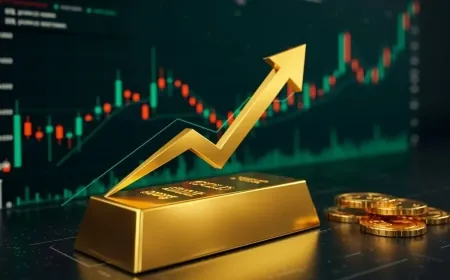Trafigura Warns of Potential Copper Demand Surge Due to AI by 2030
Trafigura's warning on potential copper demand surge by 2030 due to AI and data centers. Learn about the implications for global supply and the energy transition.

Commodity trader Trafigura has raised concerns about a potential surge in copper demand linked to artificial intelligence (AI) and data centers, estimating an increase of up to one million metric tons by 2030. This forecast could exacerbate supply deficits towards the end of the decade.
During the Financial Times Global Commodities Summit in Lausanne, Saad Rahim, Trafigura's chief economist, highlighted the rapid growth in demand driven by data centers and AI-related industries. Rahim emphasized that this additional demand could contribute to the existing deficit, which is projected to be between four to five million tons by 2030.
The exact global copper demand for 2030 was not disclosed. However, current estimates place global copper demand at around 26 million tons for this year. Furthermore, a Reuters survey suggests that the copper market deficit may exceed 100,000 tons by 2025, rising from shortages of 35,000 tons expected this year.
China, as the world's largest producer and consumer of copper, holds significant influence over global supplies of critical raw materials essential for the energy transition. Beata Javorcik, chief economist at the European Bank for Reconstruction and Development, expressed concerns about China's dominance in the production of materials like rare earths and graphite, crucial for electric vehicle batteries.
Javorcik cautioned that geopolitical tensions could impede the green transition, as China controls a large share of critical raw material production, while the West and its allies have limited control over these resources.
Trafigura's warning underscores the potential challenges in meeting global copper demand amidst the rapid growth of AI and data center industries, highlighting the importance of sustainable resource management and diversification of supply chains in the transition to a greener economy.
Also Read: The Electric Car Revolution's Impact on Precious Metals





























































